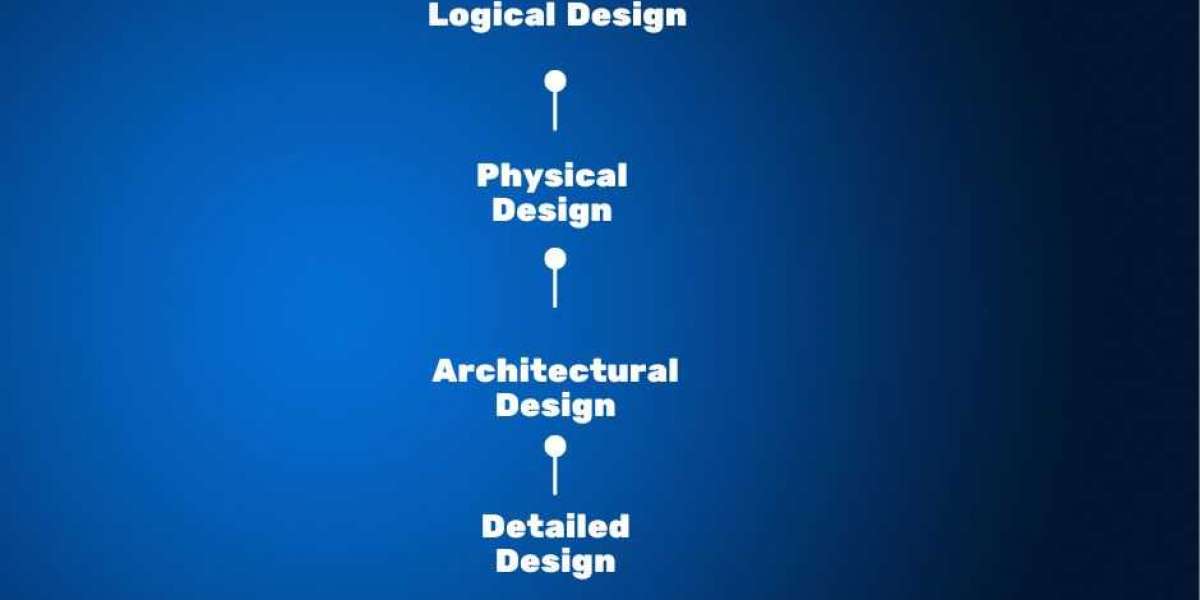Have you ever considered that the websites and programmes we use on a daily basis are nothing more than a blank screen similar to a piece of paper? Think of a piece of undeveloped ground that will house a ten-story skyscraper; it will involve planning, architecture, and execution. Similar to how Netflix and Disney Hotstar have designed and planned for their build structure and functionality, any OTT platform also has these elements.
You must find all this exciting, but the road ahead is not as simple as you think.
Worry not. This blog will guide you toward the system design roadmap to assist you with this.
What is System Design?
System design can be defined as designing the interfaces, modules, components, and data for any system to specify specific needs. Designing coherent and efficient systems is intended to serve specific demands and requirements inside any business. In other words, it suggests a very methodical approach to developing the system, starting with its architecture, followed by the necessary specialized hardware and software, and then watching how it will move through and change across the system. Check out the popular system design and DSA course offered by Learnbay, in collaboration with IBM.
Methods of System Design
System design can be described using four main ways:
Logical Design
The logical design of the system can be used to explain the abstraction representation of the data flow, which encompasses both the input and output of the system. There are four main units that are explained by the logical structure.
- Source
- Destination
- Data Stores
- Flow of Data
When creating a logical unit for a system, the idea is to plan while maintaining a degree of detail that describes the flow of information.
Physical Design
It is the procedure for the system's input and output, and one of its main requirements is to consider how the data is being changed, including verification, processing, and displaying as a consequence. Along with this, it also centers on the user's interface, workflow, and data design.
Architectural Design
The field of study is primarily concerned with fulfilling specifications and improving the system's structure and behavior. It explains the connections between the various system development process parts.
Detailed Design
It assists in creating a system's rough draught, which aids in enabling the objectives of the specific system design. Project planning, control, user interaction, and the definition of the specific sub-system are some additional modules involved.
Why Learn System Design?
We use popular ap
ps, including Instagram, Twitter, and others frequently. Thus, they can manage millions and billions of transactions daily and are a highly scalable platform. As a result, they must create a system that can handle that volume of data and traffic without ever failing. This is where system design comes in. Therefore, it will be your responsibility as a developer to understand the fundamental concepts behind system design and know when and how to use them in practical applications and systems.
You will start developing your skills while learning system design towards the beginning of your career, allowing you to start incorporating design principles into your projects. As you advance, the system design's architecture, infrastructure, algorithms, and data will come under your purview. The SDLC also includes significant modules, including data collection, problem formulation, model construction, model implementation, and model enhancement.
What Skills are needed for system design?
A select few abilities are necessary to succeed as a system design engineer. Here are a few of them:
Tools and Techniques:
You will be expected to learn about various topics, including system design. Sketch2react, TeamCenter, Adobe XD, and other regularly used tools are just a few examples.
Technical Skills:
The following basic skill sets are necessary for system design:
- Asset Management
- Application Development
- Basic knowledge of the system's network
- Software development
- Decision-making and analysis
- Simple mathematical Concepts
Basic Skills:
In addition to the skill mentioned above, system design engineers have a few more requirements. Among them are:
- To accomplish focused objectives, one must manage complexity and apply techniques to real-world situations.
- As a result, to meet the needs of the client, it is also vital to have a clear vision of what has to be accomplished.
- Like any other field, one must practice often, adhere to strict standards, and keep abreast of emerging trends and technologies to advance in this.
How to Learn System Design?
Now that you have a basic understanding of the system design subject, there are many resources available online. Start learning them to ace your development interviews.
One of the popular training programs you can enroll in is Learnbay’s system design course, which is accredited by IBM. Start preparing now to get ahead of the competition.







